
People within and outside Canada enjoy eating seafood. However, they may not immediately think of the role advanced freezing plays in preventing waste that could occur before the delicious options reach their plates. Conversely, food and beverage industry professionals are highly familiar with why they must explore ways to reduce seafood waste with appropriate freezing techniques. Here are some of the benefits such practices bring.
Enabling Safety During Long Journeys
The internet has eliminated geographical boundaries, introducing restaurant owners, food critics, cooking enthusiasts and others to foods not usually available in their areas. Advanced freezing techniques make it easy for consumables to travel safely through numerous countries before reaching their destinations.
In one recent example, the Japan External Trade Organization hosted a Japanese Seafood Fair in Vancouver. Frozen goods travelled all the way from Japan so attendees could enjoy samples from nine participating restaurants and try new specialty dishes highlighting particular seafood products.
One of the event’s goals was to show Canada’s restaurant owners or managers compelling reasons to include Japanese seafood on their menus. They will understandably be much more interested in exploring that option if they know advanced freezing methods support food travelling to Canada and will not compromise its safety.
Elsewhere, people from China’s Guangdong province hosted a forum introducing Toronto attendees to ready-to-eat meals that included and spanned beyond seafood. For example, one participating company had already successfully brought some products to Canadian supermarkets. One offering was fotiaoqiang, a thick soup containing various seafood ingredients.
The options spotlighted at this forum were frozen, ready-to-cook options. Such possibilities show people in Canada’s food industry that it’s easy to prepare these meals once they reach restaurants, consumers’ shopping baskets or other destinations. Individuals who know advanced freezing techniques keep food well-preserved from China to Canada or anywhere else feel more confident about serving or selling it in their establishments.
Freezing keeps the food in the right condition throughout its supply chain journey to reduce seafood waste. This encourages people to broaden Canada’s seafood product assortment.
Supporting Canada’s Seafood Export Trade
Just as some food industry professionals outside Canada want to bring their goods into the country, Canada’s seafood industry is doing well and attracting attention from foreign buyers. The Indo-Pacific region contains 40 markets Canadian exporters target with their seafood products.
China is the top buyer, while Japan, South Korea and Hong Kong are other key markets. Lobster, crab and salmon are some of Canada’s top seafood exports, with each product representing industries of more than $1 billion.
However, these seafood products’ good taste and high quality aren’t the only characteristics that catch foreign buyers’ interest. People accepting seafood exported from Canada want to verify that the sellers use advanced freezing techniques to reduce seafood waste and maintain acceptable standards. Offering such consistency will increase the chances of food professionals continuing to buy Canadian goods.
Selling frozen goods allows Canadian companies to reduce seafood waste by broadening their potential purchaser pool and moving into new markets. Additionally, Canadian sellers have found themselves in good positions to benefit from trade-related tensions within the Indo-Pacific region.
In 2022, China banned all Japanese seafood due to the controversial dumping of a nuclear plant’s water into the Pacific Ocean. Some analysts believed Canadian exporters could readily fill the associated gap. For example, China bought 2,340 metric tons of Canadian scallops in 2022. The country could easily purchase more if buyers found suitable sources in Canada to meet new, increased needs.
Advanced freezing techniques would be instrumental in proving to Chinese buyers that the seafood would arrive in ready-to-use condition. Blast freezers are popular methods of providing the desired quality. They keep food at temperatures of at least minus 30 degrees Fahrenheit and ensure the thawed food closely matches the fresh-caught taste.
Catering to Changing Consumer Needs
Economic trends over the past several years have made some shoppers feel like they can never know what to expect during each trip to the supermarket. For example, some areas experienced worsened or first-time food insecurity during the COVID-19 pandemic. More recently, people have had to adjust their shopping preferences due to inflation.
As consumers look for practical ways to reduce seafood waste while catering to smaller budgets, they find frozen products meet their needs. One poll found that 87% of Canadians eat seafood regularly. Fortunately, many can keep doing that while maintaining their budgets, even if feeling inflation’s squeeze.
They may not realize that even fish that looks fresh at the supermarket was probably in a freezer at some point. People who catch fish use techniques such as dry ice and vacuum sealing to preserve them as soon as they come from the water.
Many culinary experts also advocate purchasing frozen fish instead of options sold fresh. Frozen fish brands usually use advanced freezing techniques, carefully optimized processes and the latest equipment.
Local supermarkets are usually comparatively less precise regarding when they begin thawing frozen fish and selling it as fresh. Relatedly, such retailers are less justified in buying expensive freezing equipment that accounts for only a relatively small portion of their business models.
Another selling point of frozen fish is it’s usually cheaper than options in a supermarket’s fresh-fish display case. Besides saving money by choosing the less expensive option, consumers can reduce seafood waste by planning to prepare only the amount they know their households will eat. They can then store the rest in their freezers, enjoying the convenience of knowing it will taste as good as fresh after thawing and preparation.
Freezing Can Reduce Seafood Waste and Do Much More
Advanced freezing techniques play significant roles in seafood export, import, safety and enjoyment. Many people who love such dishes don’t live near enough to the water to feasibly prepare fish the same day it’s caught. However, freezing equipment and techniques preserve that fresh-caught taste and support safe transfer from the ocean or preserving facilities to consumers’ plates. This makes it easier and safer for consumers to enjoy seafood from all over the world and reduce waste, which saves money and also benefits the planet.
Emily Newton is the Editor-in-Chief of Revolutionized Magazine, an online publication that explores innovations in science and technology.


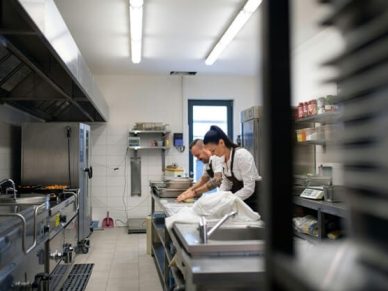
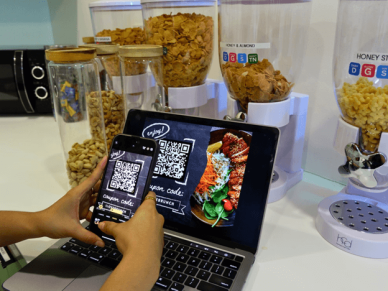
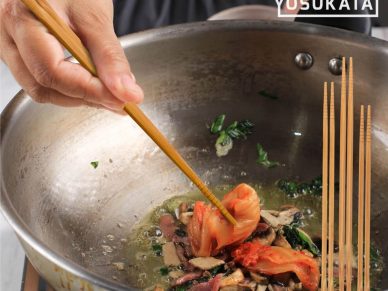




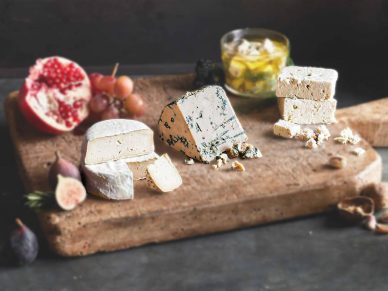
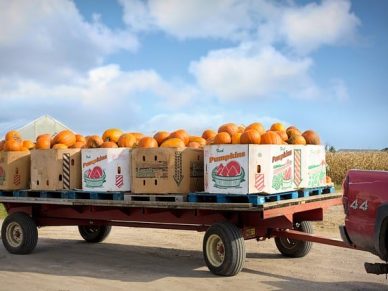




Leave a Reply